Last updated: April 14, 2025
Article
Plan Like a Park Ranger: Top 10 Tips for a Winter Visit to Yellowstone National Park
- Duration:
- 2 minutes, 54 seconds
Learn how to #PlanLikeAParkRanger by following our top 10 tips for a winter visit to Yellowstone! Restricted vehicle access and limited services make winter visits far different than a summer experience. So, plan ahead, recreate responsibly, and help ensure this iconic landscape may be enjoyed by future generations.
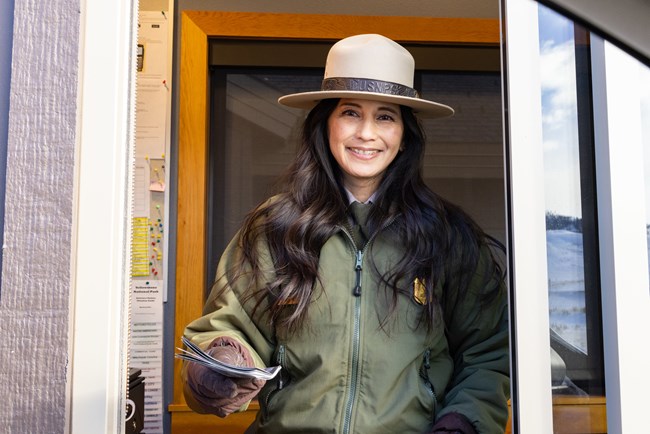
1. Enjoy the Drive
If you want to drive in the park, you’ll need to come to the North Entrance in Gardiner, Montana—it’s the only road open to regular vehicles in winter. From there, you can drive to places like Mammoth Hot Springs, Lamar Valley, and Silver Gate/Cooke City. Temporary travel restrictions or closures can occur at any time without notice. Check our road status map and current conditions before you arrive, drive cautiously as roads can be icy, watch out for snow plows, and expect to encounter bison and other wildlife on park roads. Use plowed pullouts to watch wildlife, take pictures, and let other cars pass. Not a fan of winter driving? Book a guided road-based tour!

2. Make the Most of Your Trip
If you want to see places like Old Faithful or the Grand Canyon of the Yellowstone, you’ll need to book a guided snowcoach or snowmobile tour or apply for a permit through our non-commercial snowmobile program. If you want to get away from the roads, authorized businesses also offer guided skiing and snowshoeing trips, or you can explore our ski and snowshoe trails on your own.
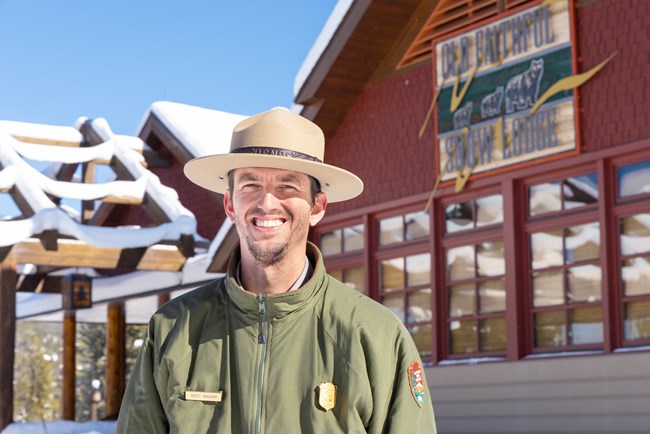
3. Arrive with Accommodation Plans
During winter, the Mammoth Hot Springs Hotel and Old Faithful Snow Lodge are open for overnight accommodations in the park. Winter camping sites are available first come, first served in Mammoth Hot Springs Campground. Make reservations as far in advance as possible. Lodging is also available outside of the park in our gateway communities.
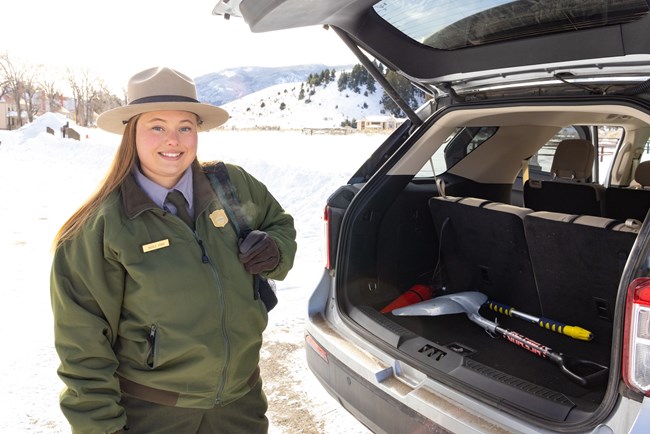
4. Watch Out for Winter Conditions
Winter temperatures range from 0°F to 20°F (-18°C to -7°C) throughout the day. Sub-zero temperatures are common, especially at night and at higher elevations. Check current weather conditions, pack proper clothing and equipment, and review winter safety tips!
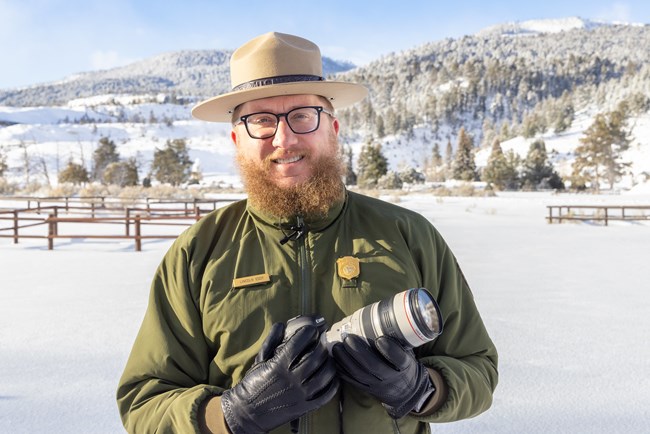
5. Give Wildlife Room, Use a Zoom
The safest way to view wildlife is through a telephoto lens, a spotting scope, or a pair of binoculars. Park animals are wild and dangerous. Bison, bears, and elk have injured and killed people. Do not approach, encircle, follow, or feed any animal. Stay 100 yards (91 m) from bears and wolves, and stay 25 yards (23 m) from all other animals. Learn how to watch wildlife safely.
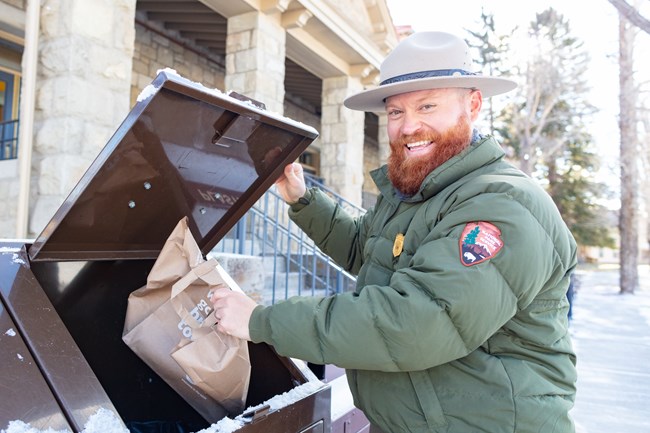
6. Stash Your Trash
Be sure to dispose of trash and food scraps in one or our many trash cans. If a trash can happens to be full, find another. Animals that eat human food can become habituated and may need to be killed. Be aware that in some areas, ravens have learned to unzip packs and scatter the contents. Food scraps belong in the trash, not on the trail!
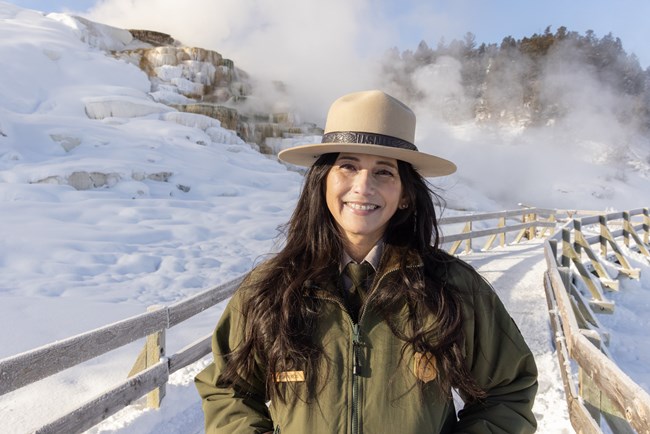
7. Follow the Beaten Path
In thermal areas, boardwalks take you to amazing places, protect the park, and keep you safe. People have been severely burned and killed after leaving the boardwalk or reaching into hot water. Geysers, mud pots, and hot springs are delicate. Don’t throw anything into any hydrothermal features, touch them, or change them in any way. During winter, exercise caution by wearing traction aids when navigating snowy or icy boardwalks.
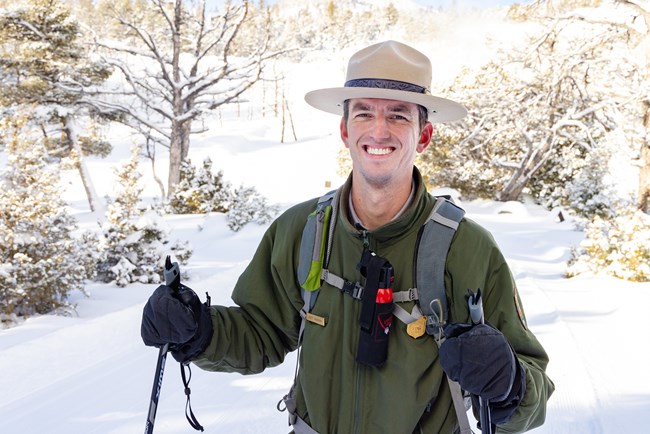
8. Bring Bear Spray
While it’s possible to see a bear during any month of the year, it’s more likely that you’ll come across other wildlife while skiing or snowshoeing. Bison, elk, coyotes, and mountain lions are all active in winter, so carry bear spray and know how to use it. Be alert, make noise, and travel in groups.
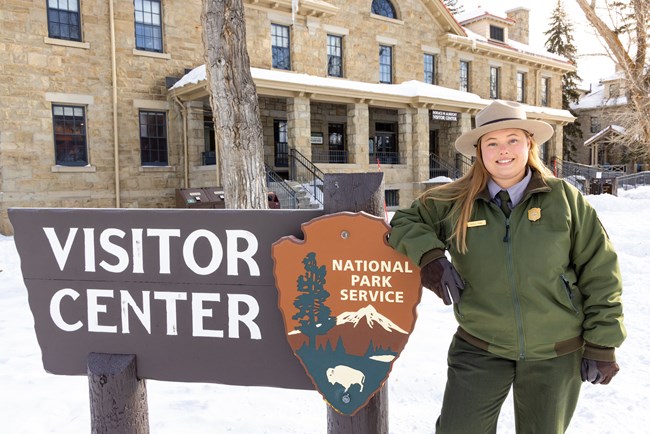
9. Expect Limited Services
Winter services in the park are limited. Check operating dates before you arrive and stop by a visitor center to make a plan. Always fill up on fuel, and pack extra food and water in case something goes wrong.

10. Enhance Your Experience
Connectivity in the park is minimal, so download the free National Park Service App (and offline content) before you arrive for interactive maps, geyser predictions, park tours, and more, all at your fingertips!
